Two jokesters entered my room to remove my three epineurals, which had been inserted to control pain resulting from my cancer surgery. The duo always bantered and this time was no different, as they bet on the size of the gape and number of stitches needed. I loved their jokes, however sadistic, and they relished my reception.
Drs. Phil and Whidterschneidmannhaus were orthopedic oncology surgical fellows, working under Dr. M&M, a limb-sparing specialist and pioneer who always wore suits. According to Dr. Phil, he and Whidterschneidmannhaus didn’t have time to read the newspaper or keep up with the Redskins, a sin had they been in any other profession.
Dr. Phil was present at my surgical consult and bone biopsy that would lead to a Ewing’s sarcoma diagnosis. He was the first person I spoke to after waking up from surgery. A week later he had to lower my leg from traction, the most painful seconds of my life, and then convince me that twenty milligrams of OxyContin twice a day would equal three epineurals and one epidural, the truth.
Dr. Phil sent me digital pictures of my operation upon my request, and took pictures of my rehabilitation progress. As my rehab progressed he switched me from crutches to a cane. Years later he assured me I didn’t require a permanent cane to walk, as Dr. M&M suggested. I then permanently switched my follow-ups from Dr. M&M to Dr. Phil.
I witnessed his rise from fellow to wearing suits and having his own slew of fellows, to having a private practice and being named one of Washingtonian Magazine’s Top Doctors. I make an appointment every year to hear him praise my new stable X-rays. I might seek his annual approval in his native Ethiopia if he ever moved practices there.
Years merge together and Dr. Phil no longer remembers he was a fellow when we first met. He may not remember saying, “It’s amazing you can still walk pain-free,” banter I still love.
Two weeks ago I spoke at a sarcoma survivorship gathering, arranged by Dr. Phil’s nurse coordinator. Dr. Phil was scheduled to speak last, but ensured the night ended with me, instead. During my Q&A, Dr. Phil asked how to best approach young patients with devastating news. “That’s the most difficult thing for us,” he said.
I didn’t know the answer, noting that it could be different for each patient. If a doctor ever approached me in an overly comforting tone then I’d want nothing to do with him or her. But others are receptive to that method. Dr. Phil seemed conflicted with my non-answer, disappointed I couldn’t provide the secret yet happy he wasn’t screwing up all these years. “If you don’t know then nobody does,” he said.
At the survivorship gathering I was struck by how fresh most of the others were: I only met one fellow with a diagnosis earlier than mine. He was on his fifth or eighth resection—I can’t remember because, to me, his operations merged. With so many tumors to resect Dr. Phil still probably has no time to follow the Redskins, but he did create time to read my book, and I just finished his.
Dr. Phil is free to resect some of my freckles. We can bet on how much blood I lose. Blood loss reduces my iron level, so I’m hoping for a lot. What, too sadistic coming from a non-resector? Pediatric orthopedic oncology surgeons get all the fun.
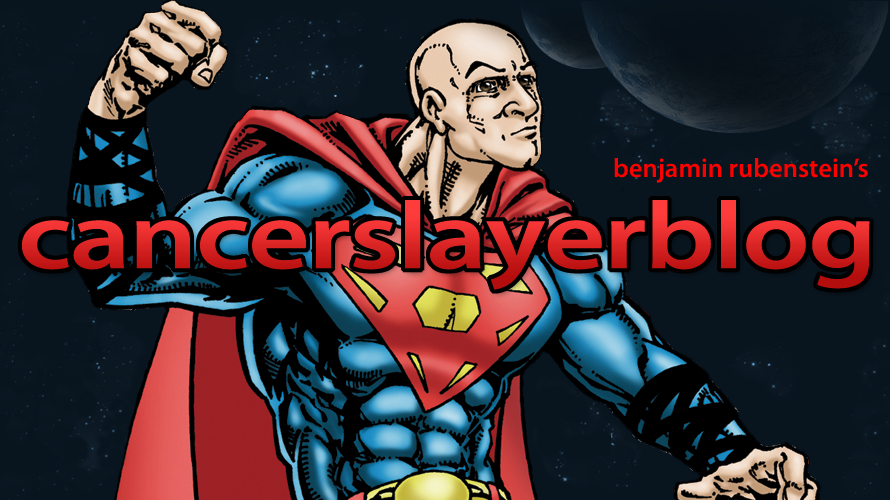
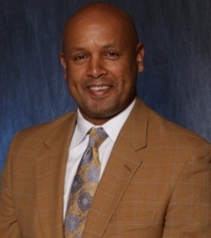
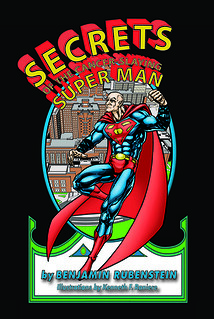
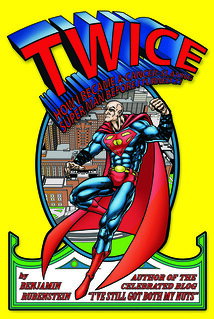



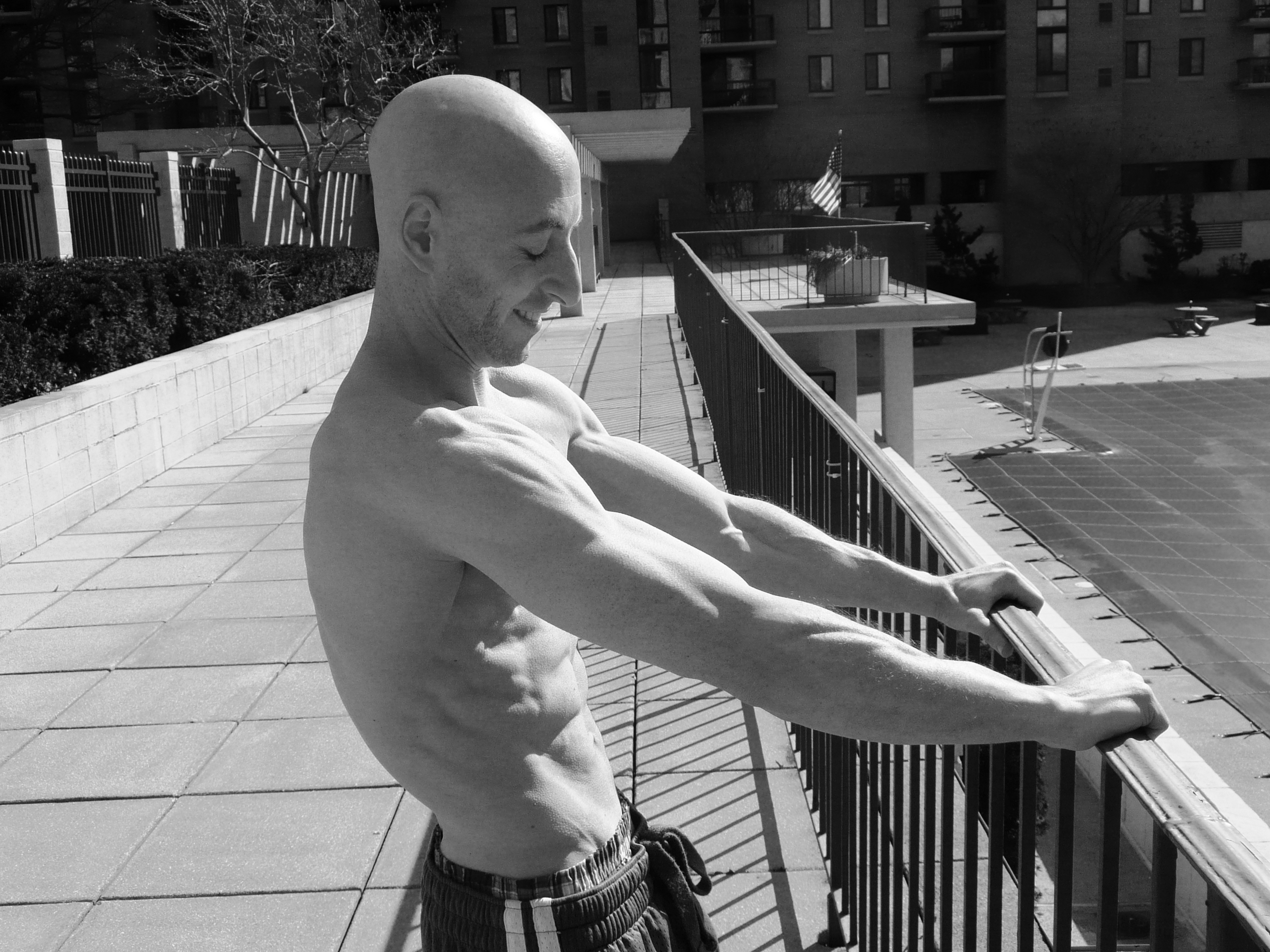

0 comments:
Post a Comment